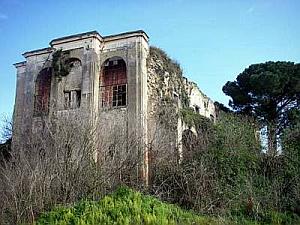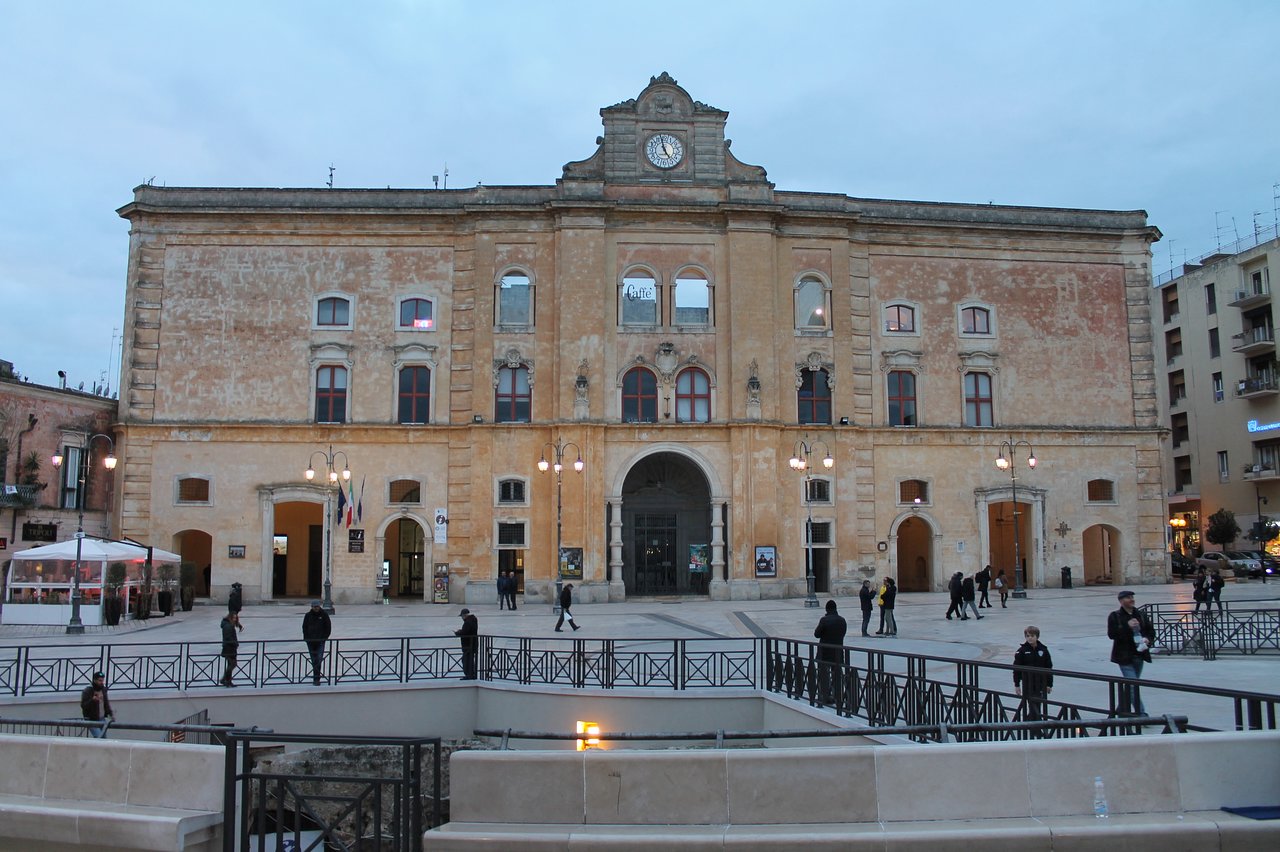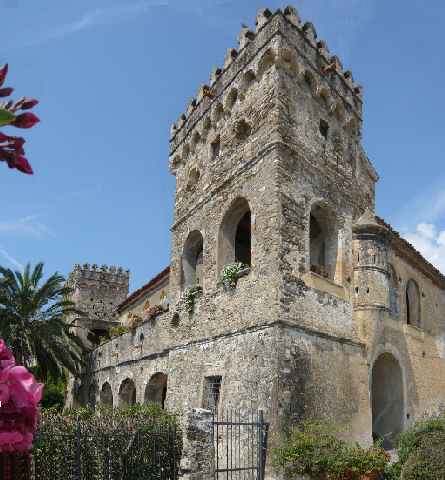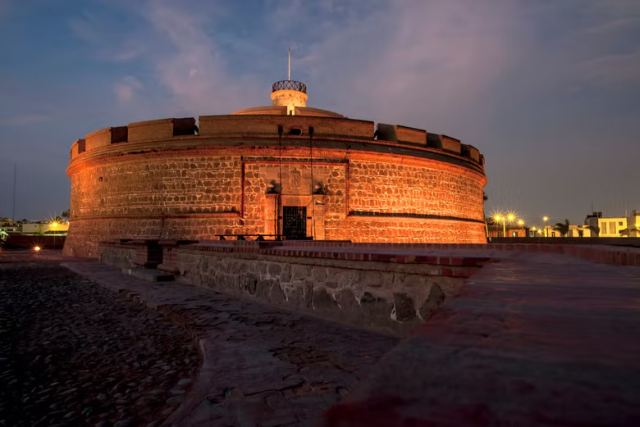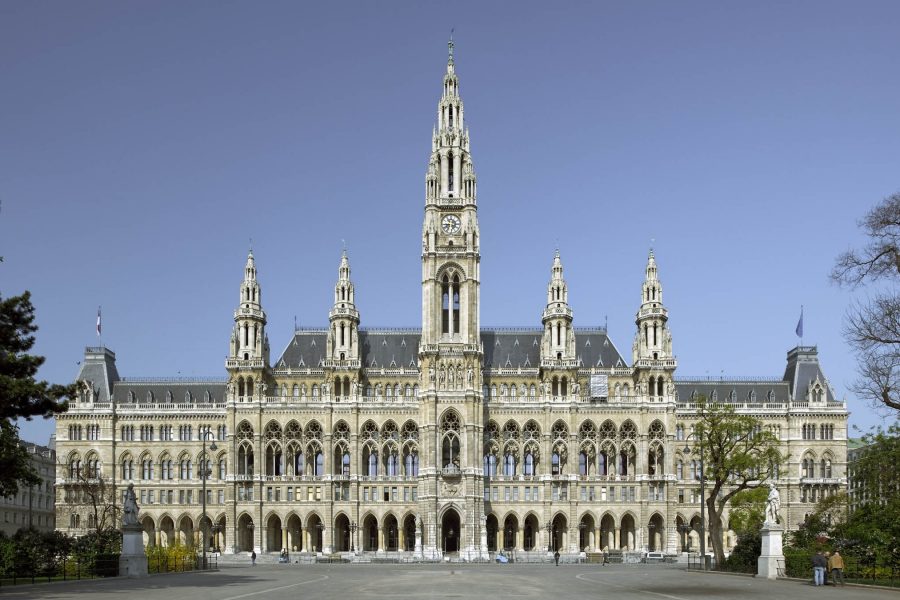It was built as a hunting lodge by Count Ferdinando de Cardenas of Acerra on behalf of Marquis Marcello Spinelli of the princes of Scalea to entertain the rulers of Naples during the winter period.
In the Count’s estate, under the forest that stretched around the villa, was concealed the city of Suessola with its very rich necropolis. Numerous excavation campaigns were carried out here from 1872 to 1886, so that the Casina became the most unique museum in Campania.
During World War II, the Villa was requisitioned first by a German air command and later by a division of black troops of the Anglo-American Army and was no longer accessible to the owners or others.
The museum hall was turned first into a movie theater then into a dormitory.
Many pieces of furniture of pure 18th-century style were used by the soldiers to fuel the stoves in the house kitchen; display cases full of vases and objects were piled on top of each other.
Fragments of cups and broken objects remained on the floor.
After a short time all the objects were donated by Marchesa Elena Spinelli to the National Museum in Naples.
The Casina was also used, for a short time, as a shelter for the handicapped. On the night of January 6, 1994, part of the Casina’s roof collapsed causing the central hall to break through and the main facade to collapse.Since then this beautiful building has begun a slow agony in the shameful silence of the state.
Another piece of Campanian history has been destroyed.
Structure
It was built on a site higher than the surrounding plan. The first body with a longitudinal plan was begun in 1778 and has a series of rooms and a chapel for private use on the ground floor. A grand staircase on the eastern side leads to the first floor where a series of rooms covered with ribbed vaulting and communicating with each other unfold, while the last, on the western side, is elliptical in shape.
The halls are set in the middle of two terraces covered by arcades, one on the Mezzogiorno with an exterior elevation, the other on the Settentrione looking into the courtyard.
The elevations are punctuated by pilasters that give rhythm to the reading of solids and voids, and are enhanced by the Pompeian red of the background.
The eastern side is set against a tower that Caporale indicates as "coeval with or slightly preceding the construction of the Casina, although the structure appears to be of medieval (perhaps Lombard) date. On the other hand, the place until the 1700s was called Castellone (Lettieri) probably because of the presence of fortified ruins.
Also on the eastern side the building was complemented by a rustic house "pei fittavoli," while to the east by a low building used as warehouses and stables.
The courtyard of a square plan, once used as a garden, is closed on the last side by ruins of a Roman factory, which due to the particular curved arrangement would belong to the ancient amphitheater of the city of Suessola.
